r8:30 – 08:45
Hybrid Optical Neutrino Detectors: R&D toward Eos and Theia
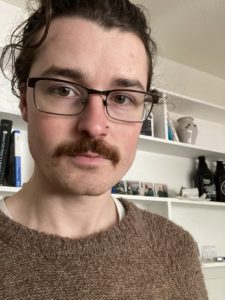
Edward Callaghan
Graduate Student, University of California, Berkeley
Ed is a PhD student in Physics at the University of California, Berkeley, where he works under Professor Gabriel Orebi Gann in the field of experimental neutrino physics. Currently, he is involved with R&D studies characterizing water-based liquid scintillator for potential deployment in a future large-scale neutrino detector. Ed holds a Bachelor’s degree from Drexel University.
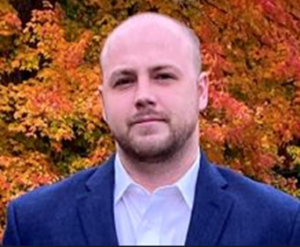
John “Jack” Kuchta
Graduate Student, University of Michigan
John’s research for MTV is on creating unconventional coded aperture imaging systems for cheap, quick readout one dimensional images of neutron and gamma-ray sources. He started as a summer fellow before graduate school and was moved to a full time fellow when working on his Master’s degree at the University of Michigan in 2019-2020. John then progressed into the Ph. D. program towards the end of 2020 where he continued the research started during the Master’s program.
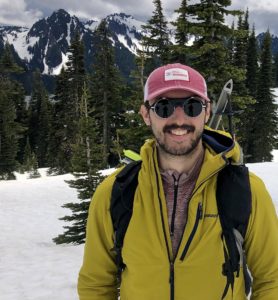
Kyle Beyer
Graduate Student, University of Michigan
Kyle is working on extending nuclear reaction and structure models away from beta stability and towards the neutron-rich fission fragment region by folding experimental fission observables into the corpus of data that these models are fit to. It is unknown how well current models, which are only fit to stable isotopes, extrapolate to the fission fragment region. Predictive nuclear theory for neutron-rich isotopes has recently been identified as a key goal for the field, and it has implications on nuclear energy, non-proliferation and nuclear forensics, as well as astrophysics.
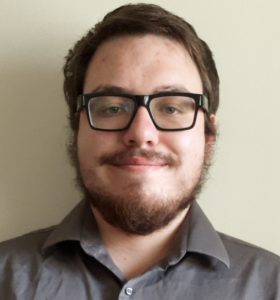
Colton Graham
Graduate Student, University of Michigan
Colton Graham is a second year PhD student in Professor Jovanovic’s Applied Nuclear Science Group. His research interests are in enabling technology for antineutrino detection, fast neutron activation for contraband detection and capture gated fast neutron detection.
09:50 – 10:45
DEI Initiatives and Successes Panel, moderated by Prof. Sara Pozzi
Audio recording of the panel discussion here
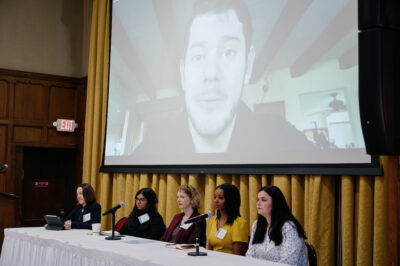
Aditi Verma
Assistant Professor, University of Michigan
Dr. Aditi Verma joined NERS in the Fall of 2021 as an Assistant Research Scientist and will become an Assistant Dr. Verma joined NERS in the Fall of 2021 as an Assistant Research Scientist and will become an Assistant Professor in the Fall of 2022. She will also support and interact with the Fastest Path team as a Faculty Associate. Verma is a Visiting Scholar at the Harvard Kennedy School Belfer Center for Science and International Affairs’s Project on Managing the Atom, and former Stanton Nuclear Security Postdoctoral Fellow at the Belfer Center where she was jointly appointed by the Project on Managing the Atom and the International Security Program. At MIT, she was a Burchard Scholar and a Kelly-Douglas Fellow.
J’Tia Hart
Chief Science Officer, National and Homeland Security Directorate, Idaho National Laboratory
Dr. J’Tia Hart is the chief science officer of the National and Homeland Security directorate at Idaho National Laboratory (INL). Her efforts focus on enhancing the research environment, developing scientists and engineers, and aiding the application of scientific discoveries and engineering concepts to issues of critical importance.
A nuclear engineer, Dr. Hart has actively worked within the Department of Energy (DOE) complex for her entire professional career beginning at INL, continuing at Argonne National Laboratory and DOE-HQ. During her time as a federal employee, she led multi-laboratory teams providing analysis of high-priority foreign nuclear programs for DOE’s Office of Intelligence and Counterintelligence. She later served as an executive intelligence briefer to the Secretary of Energy.
Dr. Hart holds a bachelor’s degree in industrial engineering from Florida State University and advanced degrees in nuclear engineering from the University of Illinois at Urbana Champaign. She has published academic articles and book chapters, and finished intelligence products on unconventional reactors, nuclear economics, the nuclear fuel cycle and international energy development.
She is a strong advocate for women and underrepresented minorities and their participation in science, technology, engineering, and mathematics. Dr. Hart is the creator of the YouTube series, STEM Queens and partnered with the American Association for the Advancement as Ambassador for STEM outreach to young women.
Christopher Perfetti
Assistant Professor, University of New Mexico
Dr. Christopher Perfetti is an Assistant Professor in the Nuclear Engineering Department at the University of New Mexico. Chris is currently the Chair of the National Alpha Nu Sigma Honor Society, Chair of the ANS Trinity Local Section, Treasurer of the American Nuclear Society’s Reactor Physics Division, Benchmarks Committee Chair in the American Nuclear Society’s Mathematics and Computation Division, serves on the International Steering Committee for Nuclear Science Week, and serves on the Board of Trustees for the National Museum of Nuclear Science & History.
Prior to his appointment at UNM, Chris was an R&D scientist in the Reactor and Nuclear Systems Division at Oak Ridge National Laboratory, where he developed the CE TSUNAMI-3D code for sensitivity and uncertainty analysis and served as the Sensitivity/Uncertainty Analysis Method Team Lead for the SCALE Code Package.
Chris received B.S. and M.S. degrees in nuclear and radiological engineering from the University of Florida in 2007 and 2008, respectively, and received his Ph.D. in nuclear engineering from the University of Michigan in 2012 under the mentorship of Professor Bill Martin. His dissertation work developed algorithms for adjoint-weighted sensitivity analysis using continuous-energy Monte Carlo methods with improved computational efficiency and reduced memory requirements.
Mackenzie Warwick
Ph.D. Candidate, University of Michigan
Mackenzie is a PhD student in the Nuclear Engineering and Radiological Sciences department at the University of Michigan, with a focus on radiation impacts on creep evolution in high-temperature environments. Mackenzie is also a long-term intern at Idaho National Laboratory collaborating with Dr. Andrea Jokisaari on creep modeling and simulation to predict the behavior observed in one condition (ion irradiation) to different conditions (neutron irradiation).
Mackenzie holds a bachelor’s degree and a master’s degree in Nuclear Engineering, both from the University of Michigan. During her time at UM, she founded the student chapter of Women in Nuclear, leads the department K-12 outreach program “Glow Blue”, has won multiple awards for teaching the department’s senior design course and introductory nuclear engineering course, and is currently completing the Rackham Professional Development Diversity, Equity, and Inclusion Certificate program.
Nancy Joe Nicholas
Associate Laboratory Directory, Los Alamos National Laboratory
Nancy Jo Nicholas serves as Associate Laboratory Director, Global Security for Los Alamos National Laboratory. In this role, she leads the execution of programs in the areas of Defense Nuclear Nonproliferation, Nuclear Counter-Proliferation and Counter-terrorism, and Strategic Partnership Programs, as well as oversee the Field Intelligence Element. Nancy Jo has worked for LANL since 1990, currently serving as LANL’s Principal Associate Director for Global Security. Prior to this role, she was the Associate Director for Threat Identification and Response. Her expertise integrates national and international policies in nuclear nonproliferation and nuclear materials management with fast-paced innovations and technology development to address complex threats to global security. Nancy Jo serves on the National Academy of Sciences Nuclear and Radiation Studies Board and the Intelligence Science and Technology Experts Group. She is a Fellow of the Institute of Nuclear Materials Management (INMM), and recently served a two-year term as president of the INMM. She also recently served on the Board of Directors of the Vienna-based World Institute for Nuclear Security or WINS. She has a M.A. in Nuclear Physics from The George Washington University and a B.S. in Mathematics and Physics from Albright College.
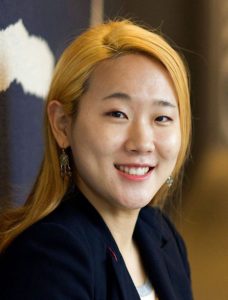
Jihye Jeon
Graduate Student, Princeton University
Jihye Jeon is a PhD student in the Department of Mechanical and Aerospace Engineering at Princeton University. Prior to coming to Princeton, Jihye worked at the Korea Institute of Nuclear Nonproliferation and Control (KINAC) on nuclear safeguards and security policy. Jihye graduated from Seoul National University with a BS in Nuclear Engineering and a BA in English Language and Literature, and from Sejong University with an MS in Nuclear Engineering focused on radiation measurement and applications.
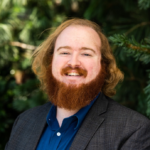
Patrick O’Neal
Graduate Student, Texas A&M University
Patrick O’Neal is a Ph.D. student in nuclear engineering from Texas A&M University, where he is working with Dr. Sunil Chirayath on methods to identify forensics signatures and proliferation identifiers of foreign nuclear fuel cycles that produce plutonium. Patrick received his B.S. and M.S. in nuclear engineering from Texas A&M University, where he gained experience working on research projects concerning nuclear safety, nuclear security, and thorium fuel cycle safeguards. He has interned at Calvert Cliffs Nuclear Power Plant and Pacific Northwest National Laboratory. Patrick also has experience teaching classes in engineering ethics and Monte Carlo methods for particle transport.
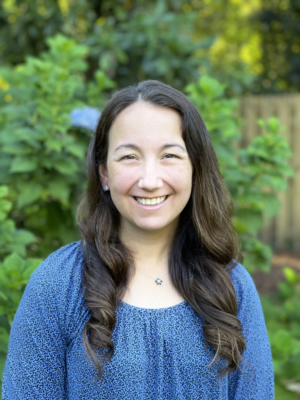
Cathleen Barker
Graduate Student, University of Florida
Cat Barker is a PhD nuclear engineering student at the University of Florida and a member of the Enqvist Research Group. She is an U.S. Army nuclear and counterproliferation officer specializing in nuclear intelligence. Cat earned her B.S. in Physics from the United States Military Academy in 2008 and her M.S. in Nuclear Engineering from the University of Florida in 2017. Her research with Dr. Enqvist is in fresh fuel neutron and gamma signature detection and machine learning applications.
11:30 Poster overview and reception (even-numbered)
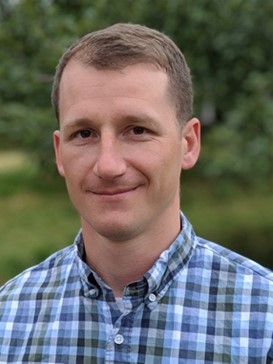
Andrew Wilhelm
Graduate Student, University of Michigan
Andrew Wilhelm is a Ph.D. candidate in nuclear engineering at the University of Michigan, and a member of the Applied Nuclear Science Group. Additionally, he is a U.S. Army nuclear and counterproliferation officer. Upon completing his degree, Andrew will join the faculty of the United States Military Academy at West Point Department of Physics and Nuclear Engineering. His research interests include neutron and gamma-ray spectroscopy, particle-type identification, machine learning, and solving inverse problems.
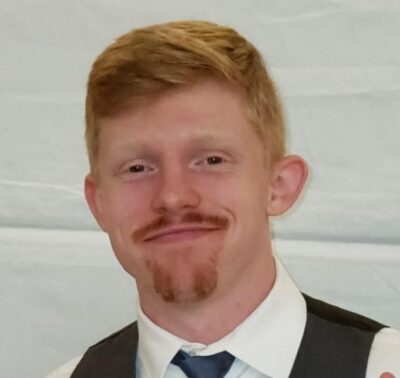
James Baker Jr.
Undergraduate Student, University of Michigan
James is an undergraduate senior in the nuclear engineering department at the University of Michigan, Ann Arbor. He has been a part of the MTV Consortium for two years investigating the fundamental physics of nuclear fission. Specifically, the relationship between angular momentum (gamma-ray emission) and excitation energy. James will be returning to the University of Michigan to pursue a master’s degree in plasma physics this Fall, with aspirations to become involved with plasma propulsion and other space sciences.
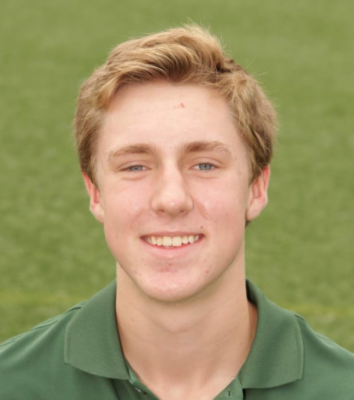
Patrick Myers
MTV Undergraduate Student, University of Michigan
Patrick is an undergraduate senior at the University of Michigan majoring in Nuclear Engineering and Radiological Sciences. His MTV experience began in Fall 2021 with his contributions to Hammer, a hybrid deterministic and Monte Carlo code in development at U of M under Professor Brian Kiedrowski. His research has focused on neutron transport computational methods and will continue into his Ph.D. under Professor Kiedrowski and Professor Majdi Radaideh. Outside of academics, he is an avid Formula 1 fan and cyclist.

Alexander Rice
Graduate Student, University of Michigan
Alexander is a Ph.D. candidate in Radiation Measurements and Imaging in the NERS program at the University of Michigan. He works in Professor Zhong He’s research group focusing on improving imaging performance. He is currently working to advance the multi-modality gamma-ray imaging capabilities of 3-D position-sensitive CZT detectors. He attended the University of Florida for his undergraduate degree in nuclear engineering and enjoys playing sports and games in his spare time.
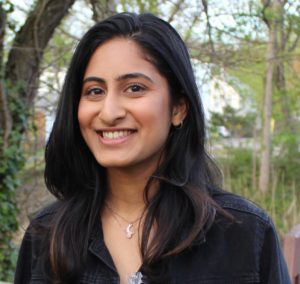
Prabhjot Kaur
Graduate Student, University of Michigan
Prabhjot Kaur is a PhD candidate in the Orion Radiation Measurements group at the University of Michigan. Kaur is working on gamma-ray imaging and characterization with 3-D position sensitive pixelated Cadmium Zinc Telluride, focused on nuclear nonproliferation. Kaur is working on a handheld system that allows for real-time source location, characterization, and 3D gamma-ray imaging. She is also working on methods to improve image reconstruction techniques, specifically working on modeling the scattering physics within the detector more accurately. She completed her undergraduate studies in physics and applied math at Stony Brook University.

George “Wyatt” Burkley
Graduate Student, University of Hawaiʻi
MS student with Prof. Garces studying the detection of low frequency audio signals.

Dhruv Garg
Undergraduate Student, University of Michigan
Dhruv Garg is a senior studying Computer Science. He began working with the imaging group in September 2022 as an MTV fellow. Dhruv is working to produce software for real-time radiation detection visualization from multiple detectors. He is interested in exploring AR technology and developing algorithms.

Ian Fischer
Undergraduate Student, University of Michigan
Ian Fischer is a senior studying computer science and electrical engineering. Ian is a part of the MTV Undergraduate Fellowship Augmented Reality Program. Ian’s focus has been on developing a neural network to predict the direction of a source based off count rates in the imagers’ detectors. He’s interested in exploring new machine learning techniques.
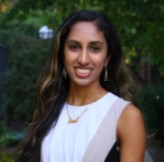
Akshaya Jagadeesh
Undergraduate Student, University of Michigan
Akshaya Jagadeesh is a senior studying Computer Engineering at the University of Michigan. She is currently a part of the 2022 Consortium
for Monitoring, Technology, & Verification Undergraduate Fellowship Augmented Reality Program. Akshaya will be working on software to produce 3D imaging for real-time radiation detection. She hopes to learn more about AR development and nuclear physics.

Kimi Weng
Undergraduate Student, University of Michigan
Kimi Weng is a junior studying computer science at the University of Michigan. He is an MTV Fellow and works with the imaging group. Kimi’s work is focused on developing the augmented reality visualization for the source localization. His interests lie in game development, AR, and building
products with real world impact.
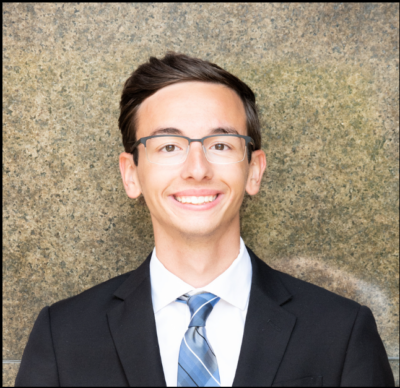
Douglas Woodward
Undergraduate Student, University of Michigan
Douglas Woodward is a senior studying Physics at the University of Michigan. He started working in the Applied Nuclear Science Group in May of 2022 as part of the MTV Undergraduate Fellowship program. His work focuses on nuclear reactor antineutrino monitoring through the simulation of the antineutrino source term of nuclear reactor simulations. He is currently researching how reactor model complexity impacts the antineutrino source term and how this, in turn, can impact nuclear safeguards using antineutrino detection.
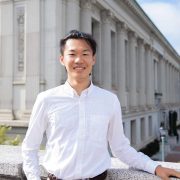
Han Zhang
Graduate Student, University of California, Berkeley
Han graduated from UC Berkeley with a BS in Bioengineering in 2022 and is now a master’s student in the same department. He works on using mechanistic modeling and machine learning to monitor environmental contamination through microbial genomics.
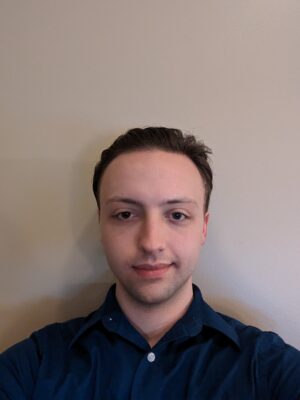
Andrew Lucas
Undergraduate Student, University of Michigan
Andrew Lucas is a 3rd-year undergraduate student at the University of Michigan. A major in Physics, he aims to concentrate in Medical Physics research after his Bachelor’s. With the support of MTV, he was able to calibrate inorganic scintillators and begin analyzing in-core reactor data. With this, he plans to learn the tools applicable to Medical Physics such as, most notably, spectroscopy analysis.
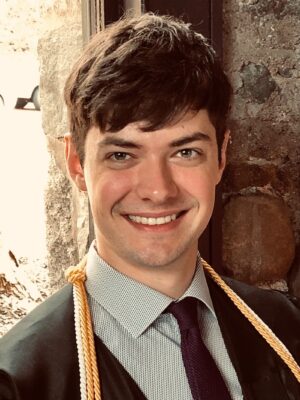
Nathan Giha
Graduate Student, University of Michigan
Nathan is a 4th-year PhD student (Class of 2024) at the University of Michigan. He leads the nuclear fission project, measuring correlations between angular momentum and energy in nuclear fission, a multi-institution project based at Argonne National Laboratory. He has previously contributed to radiation imaging, nuclear explosion monitoring, and organic glass scintillator projects.
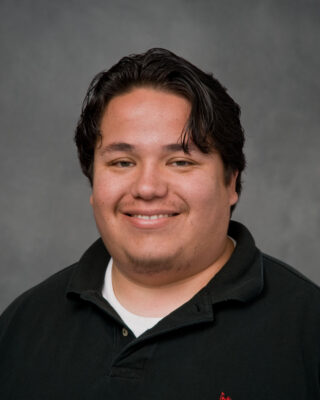
Kurt Ash
Postdoc, University of Tennessee, Knoxville
Education:
Bachelor of Science, Microbiology, University of Oklahoma, Norman, OK
Ph.D., Biology, University of South Carolina, Columbia, SC
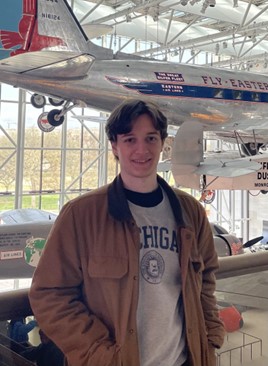
Liam O’Driscoll
Undergraduate Student, University of Michigan
Liam O’Driscoll is an undergraduate sophomore at the University of Michigan studying Aerospace Engineering. He works with Dr. Kimberlee Kearfott at the Radiological Health Engineering Laboratory. His primary interests lie in computational modeling and simulation.
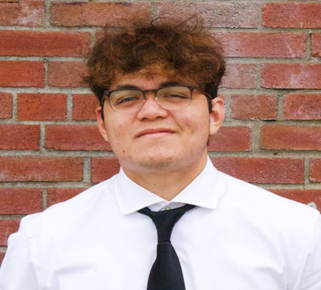
Enrique Orozco
Undergraduate Student, University of Michigan
Enrique Orozco is an undergraduate sophomore studying computer engineering at the University of Michigan. He works with Professor Kearfott in the Radiological Health Engineering Laboratory and will be working at Texas Instruments as an intern this coming summer. His primary interests are in hardware design and implementation.
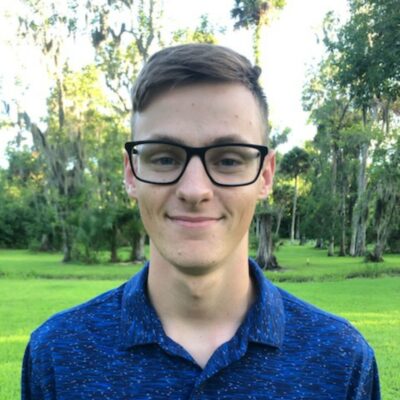
Brice Turner
Graduate Student, University of Florida
Brice completed his bachelor’s degree in mechanical engineering at Embry-Riddle Aeronautical University, Daytona Beach, FL, in May 2022. He came to the University of Florida and Dr. Enqvist’s group in August 2022 to pursue his PhD in Nuclear Engineering Sciences. Brice’s research is in atmospheric transport of radioxenon for localization and characterization of clandestine underground nuclear tests.

Katie Olivas
Undergraduate Student, University of Michigan
Katie is an undergraduate senior at the University of Michigan, majoring in Nuclear Engineering and Radiological Sciences. Upon completion of her degree, she will be attending graduate school to pursue a Master’s in medical physics. Katie has been a part of the MTV consortium in Fall 2022 and Winter 2023 as an undergraduate researcher in Dr. Kimberlee Kearfott’s Radiological Health Engineering Lab. Her research has focused on dosimetry and its applications towards radiation protection and radiological health effects
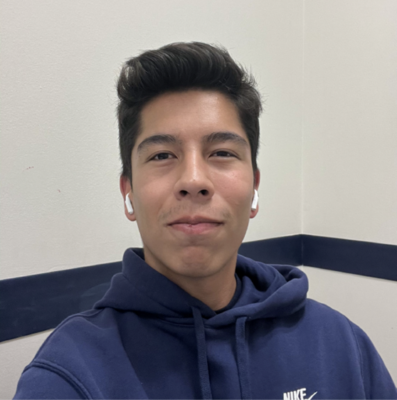
Andrew Andrade
Undergraduate Student, University of Michigan
Andrew Andrade is a Freshman at the University of Michigan pursuing an honors physics degree. He currently works at the Radiological Health Effects lab with Prof. Kimberlee Kearfott and he hopes to attend graduate school for nuclear physics.
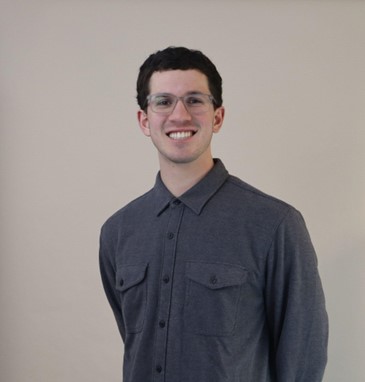
Evan Sirianni
Undergraduate Student, University of Michigan
Evan Sirianni is a 1st-year undergraduate student researching under Dr. Kimberlee Kearfott as a member of the Radiological Health Engineering Laboratory. He intends to continue being a steward for the planet, and become a model example of a sustainable engineer.
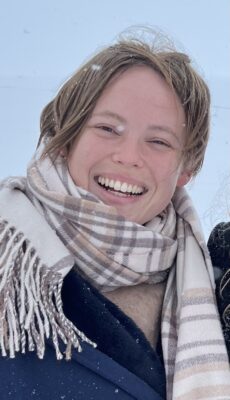
Shirin Wyckoff
Graduate Student, University of Hawaiʻi
My name is Shirin Wyckoff, I am a first year Master’s student at the University of Hawaii at Manoa. I work under Milton Garces on processing Lamb wave data from the 2022 Tonga submarine volcanic eruption. I have a B.S in Astrophysics from University of Hawaii at Manoa.
#38: Simulated State Accounting Data for Development of Advanced and Automated State-level Safeguards Analysis
Poster linked here
Poster overview recording linked here
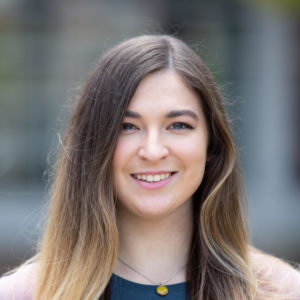
Kathryn Mummah
Graduate Student, University of Wisconsin
Katie is a graduate student in Nuclear Engineering & Engineering Physics and her research focuses on modeling the nuclear fuel cycle for nuclear nonproliferation. In her spare time, Katie is active in teaching nuclear science concepts to the general public.
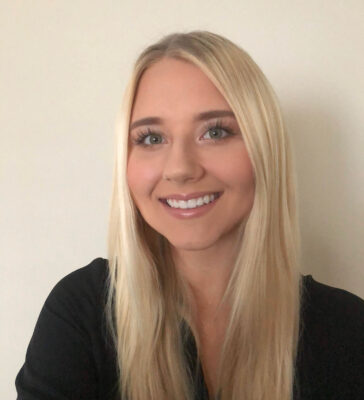
Haley Currier
Undergraduate Student, University of Hawaiʻi
Haley is an undergraduate student at University of Hawai’i at Manoa studying Earth Science and Astrophysics. After graduation, she plans to get her masters in geophysics in order to apply her passion for physics to understanding the physical processes and properties of Earth and
neighboring planets. She is currently working on projects that contribute to cutting-edge techniques in physics and remote sensing to gain insight into environmental monitoring and ways to improve laser’s capabilities and applications for field use.
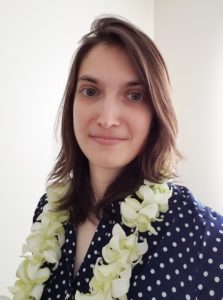
Kelly Truax
Graduate Student, University of Hawaiʻi
Ms. Truax completed a B.F.A. from Missouri State University in 2013 and a B.S. in Professional Geology from Mississippi State University in 2019. She is recognized by the Mississippi State Board of Registered Professional Geologists as a GIT. After joining the MTV Consortium in 2019, she completed her M.S. at the University of Hawaiʻi at Manoa in Earth and Planetary Sciences in 2020 developing a methodology for use of laser induced fluorescence in biota. She is currently continuing her research in the
pursuit of a Ph.D. at the University of Hawaii at Manoa. Currently, research focus is interested in the behavior/reactions of atomic or sub-atomic particles in conjunction with varying soil, water, climate, atmosphere, and composition parameters found in the environment. Remote sensing, laser induced fluorescence, image and data analysis, and environmental monitoring are the primary research areas.
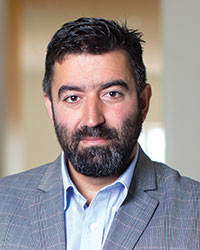
Areg Danagoulian
Faculty, Massachusetts Institute of Technology
Areg Danagoulian is an associate professor of Nuclear Science and Engineering at MIT. He received his S.B. degree in physics from MIT. He did his PhD research in Experimental Nuclear Physics at the University of Illinois at Urbana-Champaign. His PhD thesis focused on experiments which used real Compton scattering on the proton at 2-6 GeV, allowing to probe the proton’s internal structure and how it couples to external excitations. After his PhD Areg worked at Los Alamos as a postdoctoral researcher, and then as a senior scientist at Passport Systems, Inc (PSI). At PSI Areg focused on the development of Prompt Neutron from Photofission (PNPF) technique, which allows to rapidly detect shielded fissionable materials in the commercial cargo traffic. Areg’s research focuses on leveraging nuclear physics to mitigate the dangers of nuclear materials and weapons. He is currently working on new, monochromatic methodologies for cargo screening as well as technologies for treaty verification via resonant phenomena and physical cryptography.
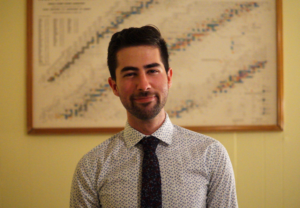
Oskar Searfus
Graduate Student, University of Michigan
Under the advisement of Prof. Igor Jovanovic, Oskar‘s current research projects are in helium-4-based fast neutron measurement and spectroscopy, advanced neutron generator characterization for neutron active interrogation, and development of advanced neutron signatures for U-233 and thorium fuel cycles. He has performed successful experimental campaigns at several facilities, including the Device Assembly Facility, Oak Ridge National Laboratory and Sandia National Laboratories.
14:45 – 15:15
Closing Remarks and Student Awards
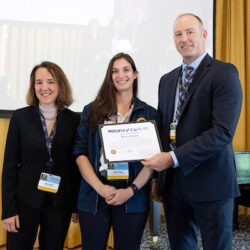
Prof. Sara Pozzi and Col. Keith McManus
Each year the Consortium for Monitoring, Technology, and Verification (MTV) recognizes the outstanding work and research by MTV graduate and undergraduate student presenters at the MTV Workshop. In addition to the MTV Student Presentation Awards, MTV will be awarding a newly created 2023 MTV Student Publication Award!
